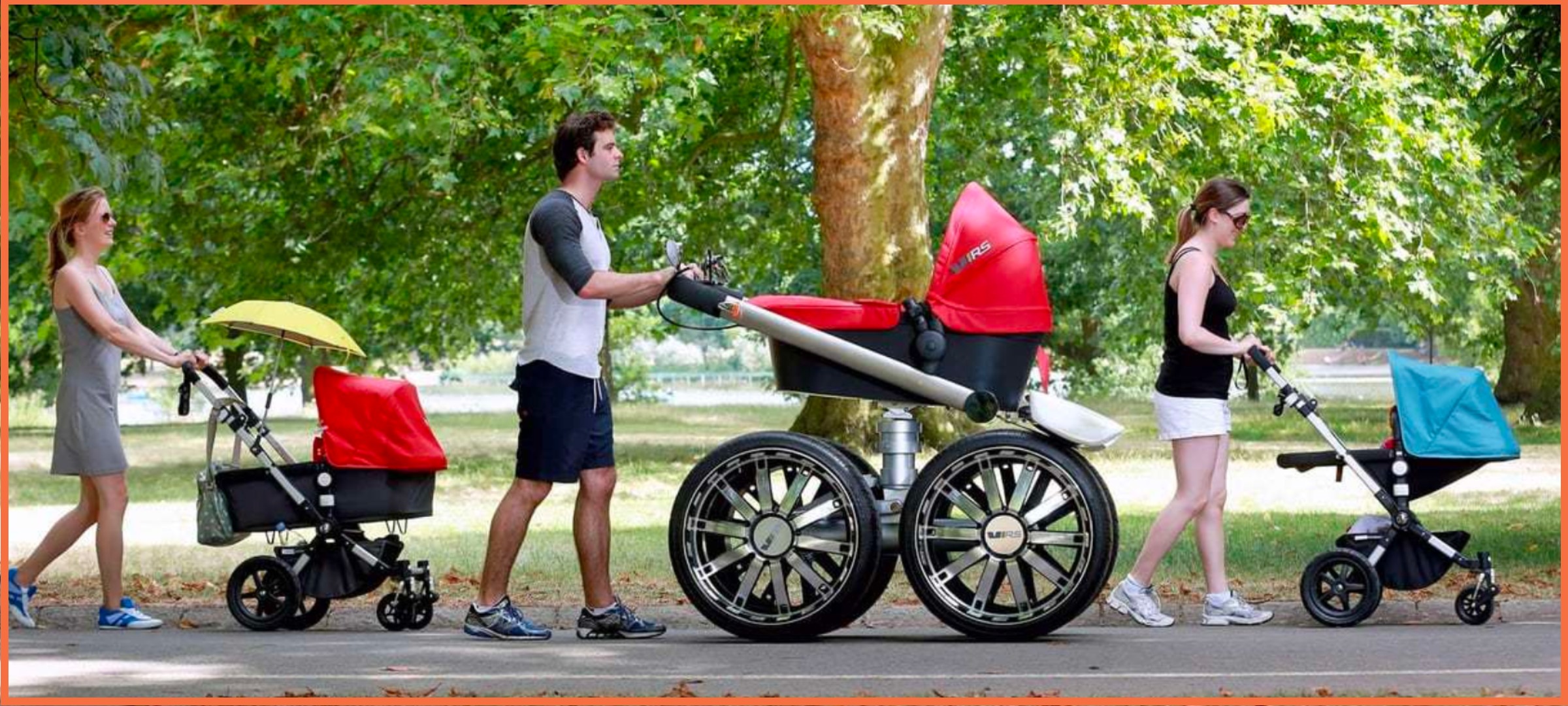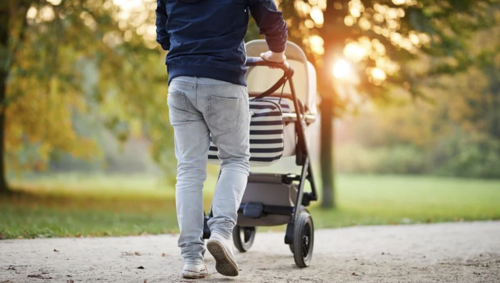Buying a pram, buggy or pushchair is a rite of passage when preparing for a baby’s arrival. It’s one of the biggest investments you’re likely to make when expecting and it can easily be one of the most confusing, particularly for first-time parents.
Do you opt for a lightweight model or one with a more sturdy design? Should it have small wheels or larger wheels? Is a modular design best, so you can swap in car seats and toddler seats as your little one gets bigger? And that’s before you’ve even thought about how long it will last, its colour, how easy it is to fold up and how much storage space it offers.
To help you make sense of the world of baby transportation systems, below we reveal our top tips on the key consideration when looking for a pram, buggy or pushchair. This is followed by our choices of the best prams on the market to suit all needs and price ranges.
Generally speaking, a pram is most suitable for a newborn baby because these options can lay fully flat. A buggy/pushchair/stroller is typically forward-facing – although not always – and ideal once children are sitting confidently from the age of around six months.
You may choose to buy a pram for your young baby and swap that for a buggy once they’re sitting happily. However, the majority choose convertible models that take children from birth up to walking age. These convertible buggies either feature reversible designs with seats that can lie flat and face forward and backwards, or modular systems that allow you to attach a carrycot. Our list includes both convertible and standalone models.
What is the best size for my pram or buggy?
If you have plenty of space at your disposal in your home and a big car, and you’re not a frequent user of public transport, then a large and luxurious buggy will transport your little one in comfort. Otherwise, a lighter and slimmer model that you can easily lift onto the bus or tube, or that can be loaded into the car boot with ease (and perhaps ev with one hand), will be a better option.
A complete travel system with a variety of attachments and accessories such as a carrycot, baby seat and car seat that fit onto the basic buggy frame can be a convenient option for drivers, but consider where you will store the attachments when they’re not in use.
What other features should I look for?
Nowadays, there are strollers for just about any situation. If you’re expecting twins or planning a sibling within a year or two of your first, there are models that have expansion built into the design, converting a single pram into a double, and saving you money in the long run. If you’re an avid runner and would like to continue jogging once baby arrives, you can opt for a running buggy, which comes with large wheels and a stable design that’s specifically made for the job.
Your choice of pram or pushchair may optionally include a rain cover, carrycot, car seat, a buggy muff or cosy-toes for the baby, as well as a hand muff for you, a cup-holder, a buggy board, or a number of extras that may make your life easier (and less expensive, if it means you don’t have to purchase these separately). Budget models are less likely to include all these extras, so check what your buggy does and doesn’t include before you buy.


